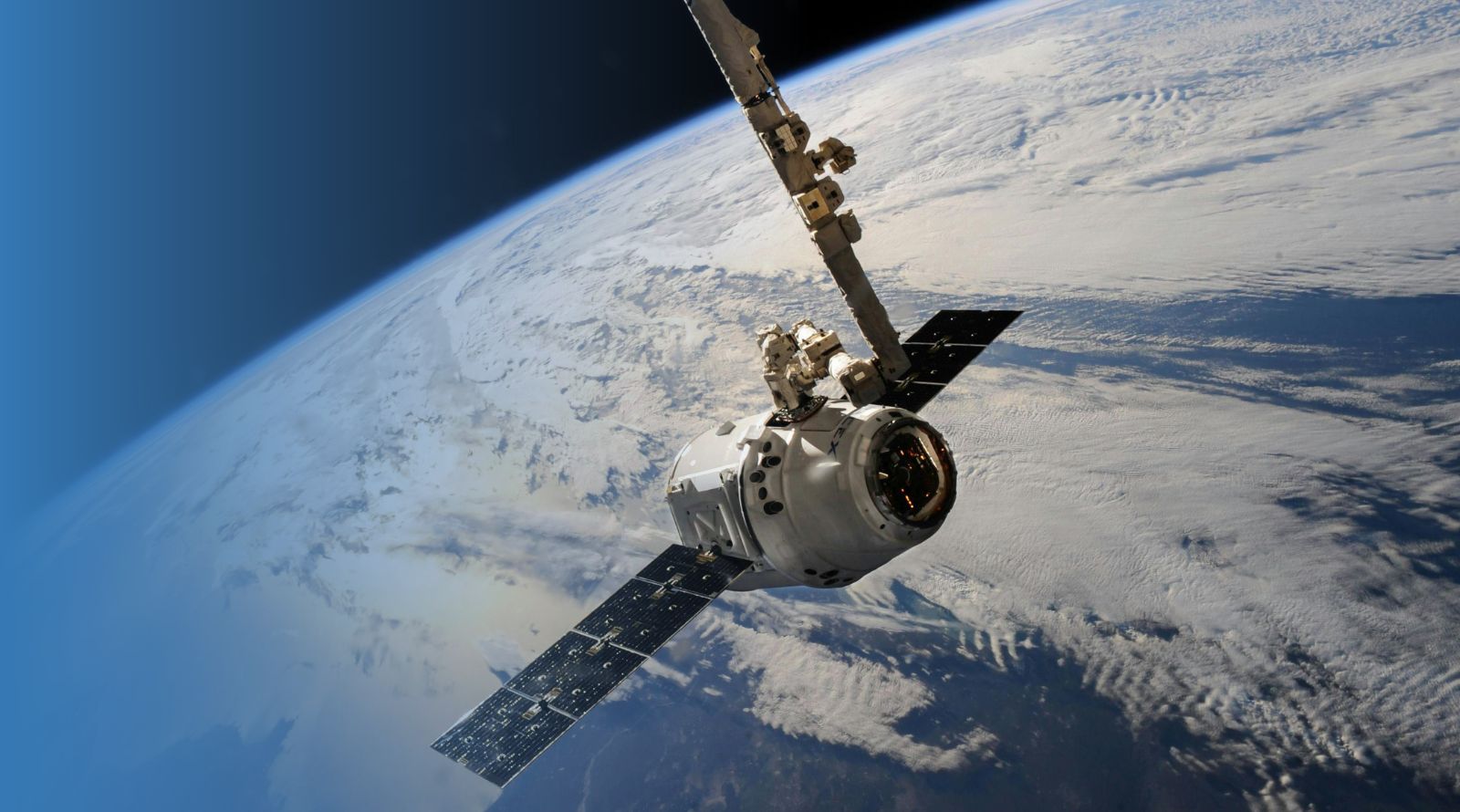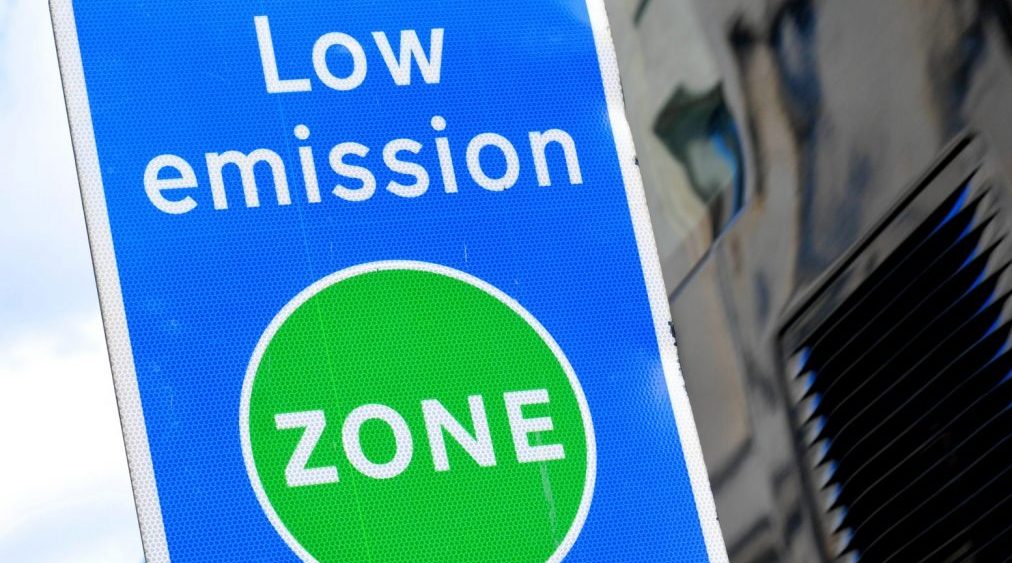The number of commercial satellites in low Earth orbit continues to grow, increasing the risk of space debris. Assessing the risk of conjunctions – those critical moments when two space objects could collide – has become imperative. Prof. Valérie Chavez and Soumaya Elkantassi, researchers in the Department of Operations, HEC Lausanne (UNIL), have just obtained funding from the US Air Force to launch a research project to be conducted in collaboration with Prof. Anthony Davison of EPFL.
The aim of this project is to validate and implement a totally innovative statistical approach to space collision risk assessment.
The challenge
Determining whether two spatial entities are likely to collide is a complex task. On the one hand, the data used for this assessment are often altered by noise or interference. This makes it even more difficult to extract accurate information. On the other hand, satellite trajectories, perturbed by a multitude of factors such as measurement errors, atmospheric fluctuations, and gravitational interactions, add another layer of complexity. This operation is therefore intrinsically statistical.
Yet, although there is a substantial engineering literature on the problem, the subject has received almost no attention from the statistical community.
The project
The project, co-directed by Valérie Chavez at HEC Lausanne and Anthony Davison at EPFL, aims to exploit the statistical theory of extreme values to assess the risk of space collisions. Soumaya Elkantassi, a post-doctoral student who recently joined the Faculty and is already an expert in this field, will take the lead in this ambitious research.
This initiative has attracted the interest of NASA’s experts in space conjunctions, as well as funding approval from the US Air Force via their European Office for Aerospace Research and Development (EOARD).




